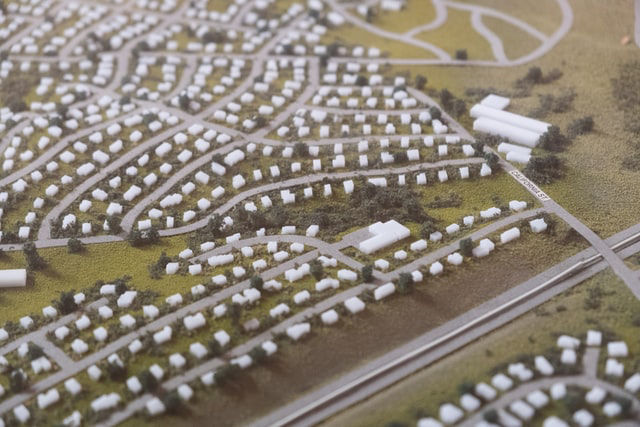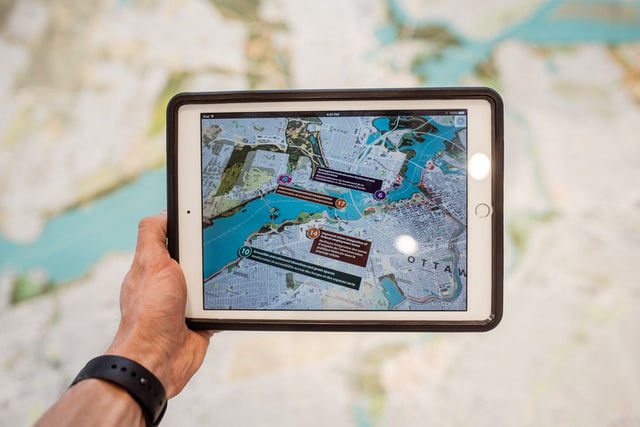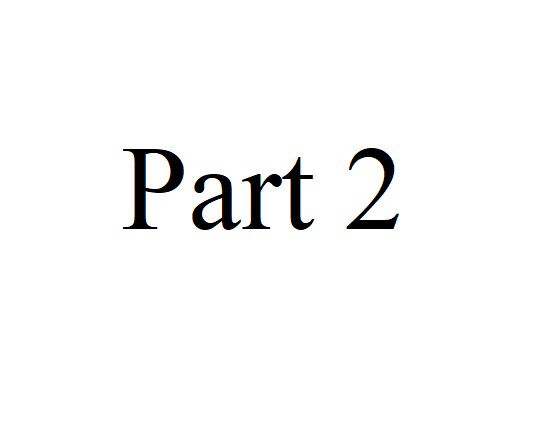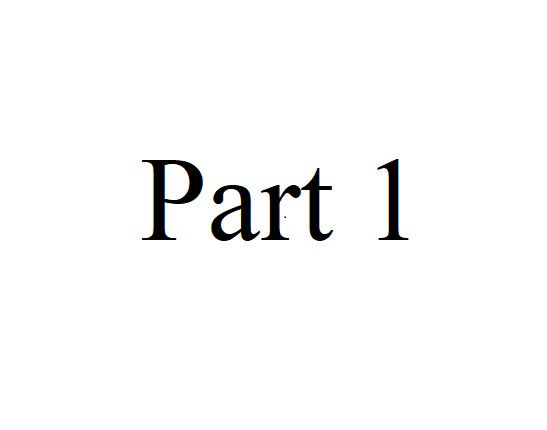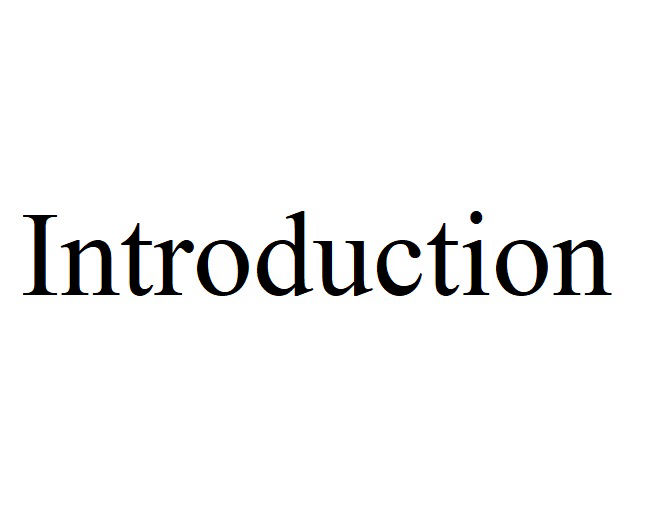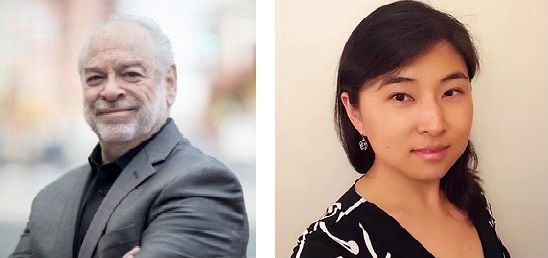Part 2 - Models of City-Making
1 - Values of Contemporary Urbanism
Urban design as a cultural language. Recurring themes: public and private; machine and nature; density and dispersion; local culture and global; the rich and the poor. Recurring elements: neighborhoods, production spaces, markets, streets, public spaces, transport spaces, and symbols. Class discussion on form, human behavior, and value systems.
Assignment 2 handed out
2 - Tradition
The grid and the line. The confluence of culture, geography, and form: Colonial towns in New England and Georgia, and their legacy. Neo-traditionalism: Poundbury, and British new town design.
3 - The Art of Placemaking
Symbolic places and form. From Baroque Rome to the Chicago and Worlds Columbian Expositions: City Beautiful and its continuing impact. Contemporary art of creative place-making: Georgy Kepes, Otto Piene, and CAVES at MIT.
4 - WaterFire, Walking Tour of Providence, R.I.
Host: Barnaby Evans, artist, creator, and producer of WaterFire.
5 - Case Study: Making a 21st Century Public Realm
Guest: Barnaby Evans, artist, creator, and producer of WaterFire
6 - Case Study: Mid-Century Modern City
Guest: Professor Hashim Sarkis, Dean of the School of Arcitecture and Planning at MIT
The architecture of urban design: Set, Neutra, and the ongoing legacy of Latin American urbanism.
7 - The Efficient City
The city as a mechanism for production. The utopian industrial city: from Pullman to the 1939 New York World’s Fair. Impacts on urban development policy: public housing, highways, and urban renewal. The outcome in China: a city for 130 million people.
8 - Case Study: Green Development
Guest: Bill Browning, CEO, Terrapin Bright Green
9 - The City in Nature
How do ideas of nature influence the way cities are perceived and built? How natural processes and urban form interact. The search for a green, sustainable city. The Garden City, new town, and ecocity models. The contemporary urbanist (density) vs. ecologist (sprawl) debate.
10 - The Secure City
Public safety vs. private safety. Impact of security on urban design. Debates on gated communities in Latin America, Asia, Middle East, and North America.
11 - Recitation Session
Please submit a journal (any length) reflecting on the readings in the second half of the course. Questions to consider: What planning strategies/tools could be employed to reshape the city or suburbs? What strategies/tools of change are in the plan you are studying? Required session.
12 - Experience City
Experience development as a force in urban design. Narrative places. The engagement of information and media in urban form. Disney World to Dubai.
13 - Productive Neighborhoods
Putting a “nervous system” into the city, and its effects on human behavior, activities and form. Smart urban systems that are sensed, continuously analyzed, and can incrementally respond over time. Stochastic as opposed to visionary urban design. Implications for theory and future practice: Rise of Innovation Districts: Seoul, Spain, Guadalajara, Mexico.
14 - The Good City
Reconciling ideals and the real. Discussion of languages of urban design and development, and their applicability in practice. Whose values should the city reflect?
Student Panel Session
15 - Wrap Up, Discussion of Assignment 2
Assignment 2 due
